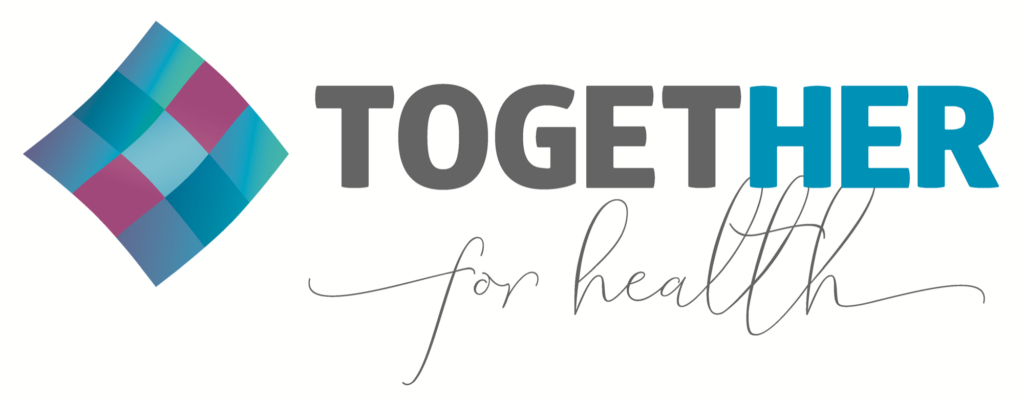A Big Year Ahead for Cervical Cancer Prevention
Big global gains against cervical cancer are possible with sustained attention and investment, and gains are urgently needed.
(4 February 2019 – This post first appeared on the Panorama Global blog: http://panoramaglobal.org/point_of_view/a-big-year-ahead-for-cervical-cancer-prevention/)
Even though it is preventable, cervical cancer is a leading cause of women’s deaths, especially where access to basic health care is lacking in low-income countries.
The two of us realized that we’re witnessing a moment of opportunity a few months ago, as we moved between lively meetings and events on the sidelines of last fall’s 3rd High-Level Meeting on Non-Communicable Diseases at the United Nations. Cervical cancer was a hot topic of discussion. By the time we found ourselves at an event about cervical cancer elimination, we were pretty excited.
On the stage, we saw global leaders—like the heads of Gavi, the Vaccine Alliance; UNAIDS; and the Union for International Cancer Control—championing the goal of eliminating cervical cancer, with a formidable array of new and emerging tools. We looked around the room at our fellow audience members, and recognized that African First Ladies, CEOs of service delivery organizations, private sector luminaries, research and development experts, and an array of civil society leaders are all standing firmly behind the goal as well. It was invigorating.
The event was a snapshot of the growing international commitment to address the global burden of the disease, evidenced in the last year alone by a rousing call to action by the Director General of the World Health Organization, dialogues at international health conferences, country actions to address their epidemics, and new funding announced or awarded by UNITAID and the U.S. government.
But it’s not just the crescendo of attention to cervical cancer that energizes us: we also see new technologies becoming available that are moving us ever faster toward ending cervical cancer deaths.
For example, the lower-income countries that shoulder around 90 percent of the global cervical cancer burden are increasingly adopting thermal ablation as a practical tool to prevent cervical cancer when precancerous lesions are found. Some of these countries are also working to meet the growing demand for kits for women to self-sample for human papillomavirus (HPV), the virus that causes most cases of cervical cancer. And just last month, researchers published a groundbreaking study indicating that artificial intelligence can visually recognize cervical pre-cancer lesions better than a human expert, with the potential to improve both diagnostic accuracy as well as access to diagnostic services in settings where trained medical providers are scarce.
These new technologies will enhance the existing portfolio of simple, effective tools against cervical cancer in low-resource settings: vaccines against HPV, and screening for and immediate treatment of precancerous cervical tissue. Those lifesaving tools must be scaled up in tandem with the deployment of new tools. We are hopeful that the commitment we have recently witnessed will translate to scale-up, and that in 2019 and beyond, we’ll witness far fewer than the estimated 311,000 tragic deaths from cervical cancer in 2018.
Commitment plus funding plus technology: this formula is moving us toward dramatic progress against cervical cancer. We see clearly that each element of the formula still needs to grow, and we’re working to make that happen, but we’re excited about the opportunities at hand. On this World Cancer Day 2019, we wanted to share that excitement, and ask you to join with us to turn the opportunities into achievements against cervical cancer.
To learn how you can help fight cervical cancer around the world, please visit www.togetherforhealth.org/get-involved.
Byline: Kathy Vizas, TogetHER Co-Founder and Chair of the Board, and Gabrielle Fitzgerald, Founder and CEO, Panorama
